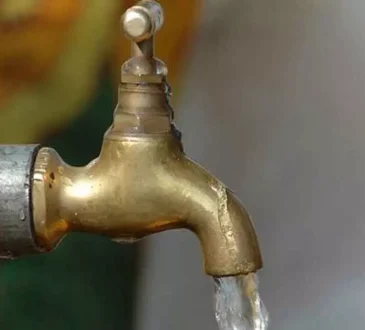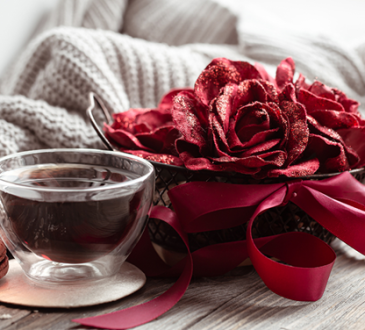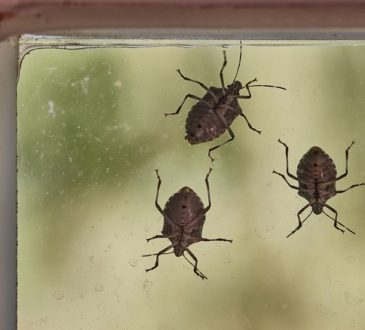
Ever wondered why a pond is crystal clear or coping with murky water and algae blooms? The secret is underneath the surface – flourishing plants. More than ornamental additions, the aquatic plants are the cleaning, oxygen-supplying, and animal homes.
When designing a natural swimming pond or dealing with a garden water feature, learning the importance of plants can help transform your water ecosystem.
Nature’s Water Purifiers
Plants function as living filters, absorbing the excessive nutrients that would encourage algae growth. This is a natural process that will minimize demands for chemical lake water treatments to keep your reservoir clean and balanced.
Professionals such as That Pond Guy always point out how specifically selected plants can reduce maintenance and increase the clarity and health of water in ponds.
Oxygen Factories for Aquatic Life
Underwater oxygen powerhouses and submerged plants such as hornwort and waterweed are examples. By photosynthesis, they give out oxygen essential for fish and useful bacteria.
The ponds without them may odour and become stagnant, unhealthy for aquatic life. These plants are the invisible life support system to your pond.
Shelter and Habitat for Wildlife
Marginal and floating plants provide safe niches for dragonflies, frogs, and many other creatures to flourish. Water lilies offer shelter to the fish, and tall reeds offer a perch to birds.
An aesthetically planted pond does not just look nice, but it turns into a humming, buzzing micro-ecosystem.
Algae Control Without Chemicals
Floating plants such as duckweed or water lettuce cut off sunlight, depriving algae of its food. Meanwhile, deep-water plants such as water lilies float on the water with their leaves spread, again raising shade over the water. It is a natural, non-chemical control of algae.
Seasonal Beauty and Erosion Prevention
Marginal plants such as irises and rushes provide year-round visual interest as well as pond edge stabilization. Their roots anchor in the soil, thereby preventing erosion and maintaining your pond’s shape even in heavy rains.
Choosing the Right Plants for Your Pond
- Submersed plants (e.g. elodea) are oxygenating and filtering.
- Floating plants (such as frogbit) will offer shade and will limit the growth of algae.
- The marginal plants (e.g., marsh marigolds) enhance the appearance of edges and wildlife.
- Deep-water plants balance nutrients in the deeper areas (water hawthorn).
Expert Tips for a Thriving Planted Pond
- Balance is key: Overcrowding in the pond can be affected if too many plants are provided; excessive plants can cause algae.
- Mix varieties: Mix different types for filtration, oxygen, and aesthetic purposes.
- Maintain gently: Prune excess during seasonal times, but do not over-clean up – some debris is home to beneficial insects.
Need Help? Let the Pros Guide You
It is not always easy to establish the perfect balance of plants. If you don’t know how and where to begin, ask an expert such as That Pond Guy, who will develop a planting plan suited to the size and purpose of your pond. Provided you have the right plants, your pond will be crystal clear, good, and full of life –through natural means.





